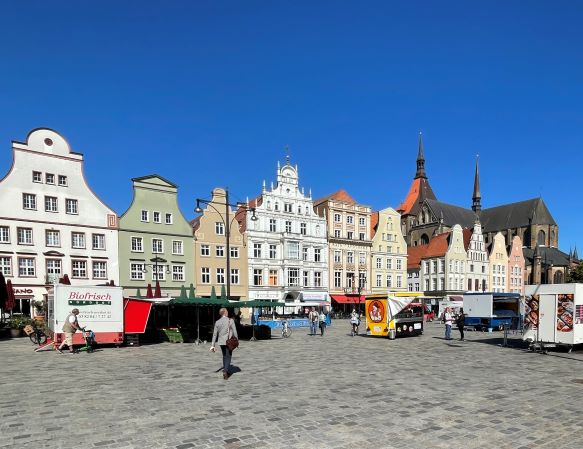PRESS RELEASE – November 2022
On the 17th and the 18th of October 2022, “Resilient, sustainable and participatory practices: Towards the GLAMs of the commons – GLAMMONS”, a three-year project funded by the European Commission (Horizon Europe Research and innovation on cultural heritage and CCIs) was launched in Berlin, hosted by the partner Technische Universität Berlin.
The outbreak of the pandemic created unprecedented challenges for galleries, libraries, archives and museums (GLAMs), which were already struggling during the last years with issues of underfunding, increased maintenance and operational costs and challenges imposed by over-tourism.
COVID-19 pandemic served as a wake-up call to rethink how cultural production and consumption are organized and articulated with different sets of actors and local contexts, towards safeguarding sustainability, access and the well-being of the sector, its workforce and surrounding communities. Long before the pandemic crisis, European cultural policy already encouraged museums to embrace participatory governance and digitisation, to become more financially self-reliant and to diversify their income-generating activities.
GLAMMONS involves 8 European partners: Panteion University of Social and Political Sciences (Greece), leader of the project, Stichting CREARE Social (The Netherlands), Inpolis Urbanism GmbH (Germany), Technische Universität Berlin (Germany), ESC Dijon Bourgogne – Burgundy School of Business (France), European Creative Hubs Network-ECHN (Greece), Mazomos Landscape and Heritage Consultants BVBA (Belgium), and NOVA ISKRA Kreativni Hab (Serbia). They propose to map pre-pandemic practices across the sector, to fully account the pandemic effects on the sector and to explore novel solutions that will inform GLAMs response and adaptation to the post-pandemic era, under a new conceptual paradigm that will advance GLAMs as the agents of change.
Conceptually developed around the theories of the commons, GLAMMONS project aims to provide answers to the above challenges, advance research and inform related policy . The project will provide an in-depth analysis and evaluation of ongoing shifts (with a specific focus on both pandemic-driven transformations and digitalisation) in the field of GLAMs. It will also explore and assess practices (concerning management, finance and participation) that emerge around small-scale, community-led GLAMs and the possibility of transferring relevant knowledge to other cultural institutions to secure the sustainability of the sector.
The following three years will see the delivery of GLAMMONS; an ambitious work programme, rooted in a track record of internationally recognized research excellence and world-leading practice, allowing the development of a novel conceptual approach: the GLAMs of the commons.
